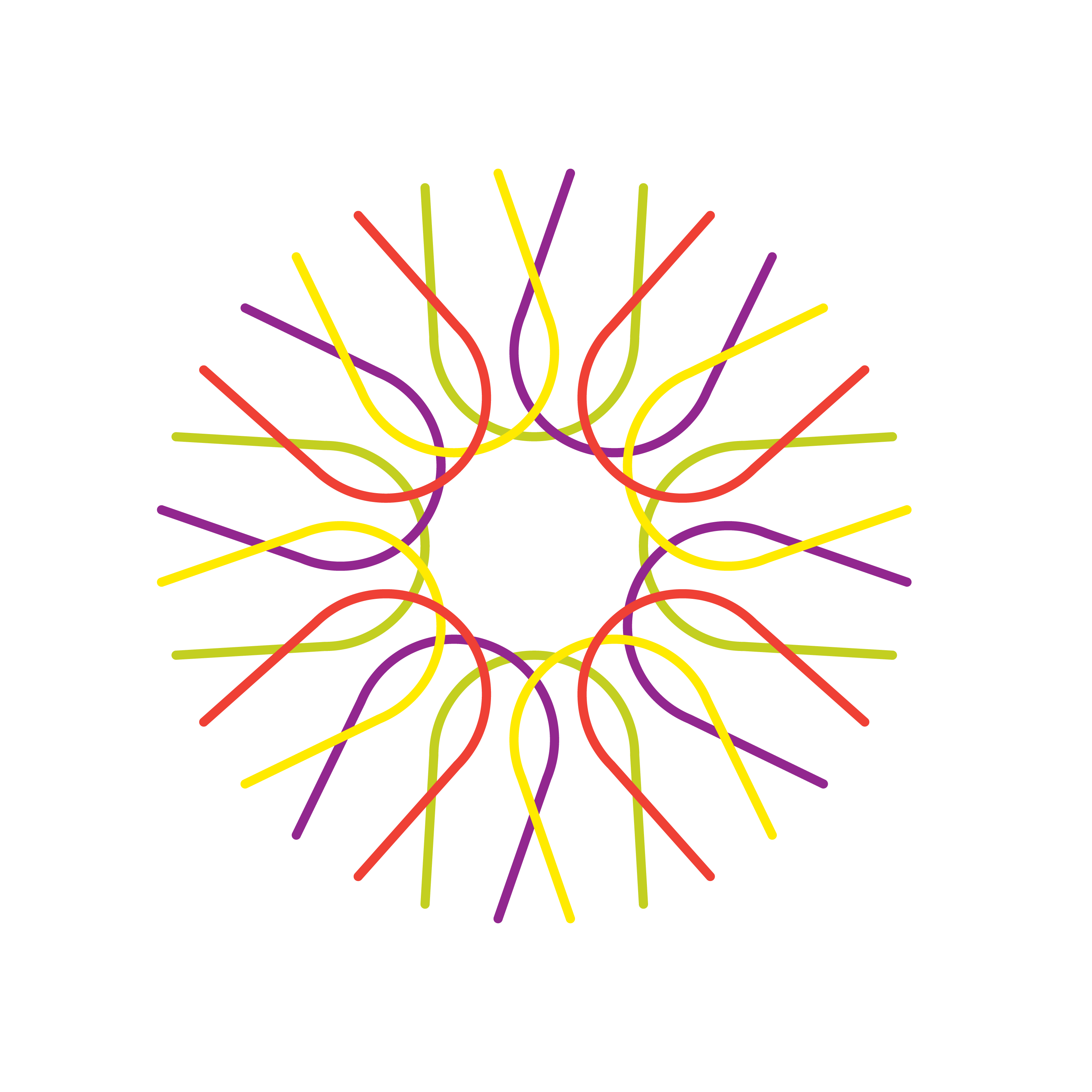Permit design and Environmental Impact Assessment
The permit design and the Environmental Impact Assessment for a cold source next to the core of the research reactor are open for public consultation from 22 November 2018 until 2 January 2019. This cold source, which is in itself not a radioactive application, makes it possible to slow down the neutrons of the research reactor, thus allowing better research results to be obtained. With the OYSTER-programme (Optimized Yield - for Science, Technology & Education - of Radiation) including the cold source, the research reactor will become a lot more precise and versatile. As a result, the RID can continue to meet fundamental research demands from the market and the scientific community. Examples are medical isotopes for diagnosis and treatment of cancer and research into batteries and solar cells.
Cold neutrons
The neutrons will be cooled until -250°C. At this extreme low temperature it is easier for researchers to ‘guide’ these ‘cold’ neutrons to achieve even better research results. The potential for radiation-related scientific research and innovation, in the areas of health, sustainable energy and materials, will significantly be improved and expanded.
All permit design documents and the Environmental Impact Assessment can be found at www.anvs.nl
